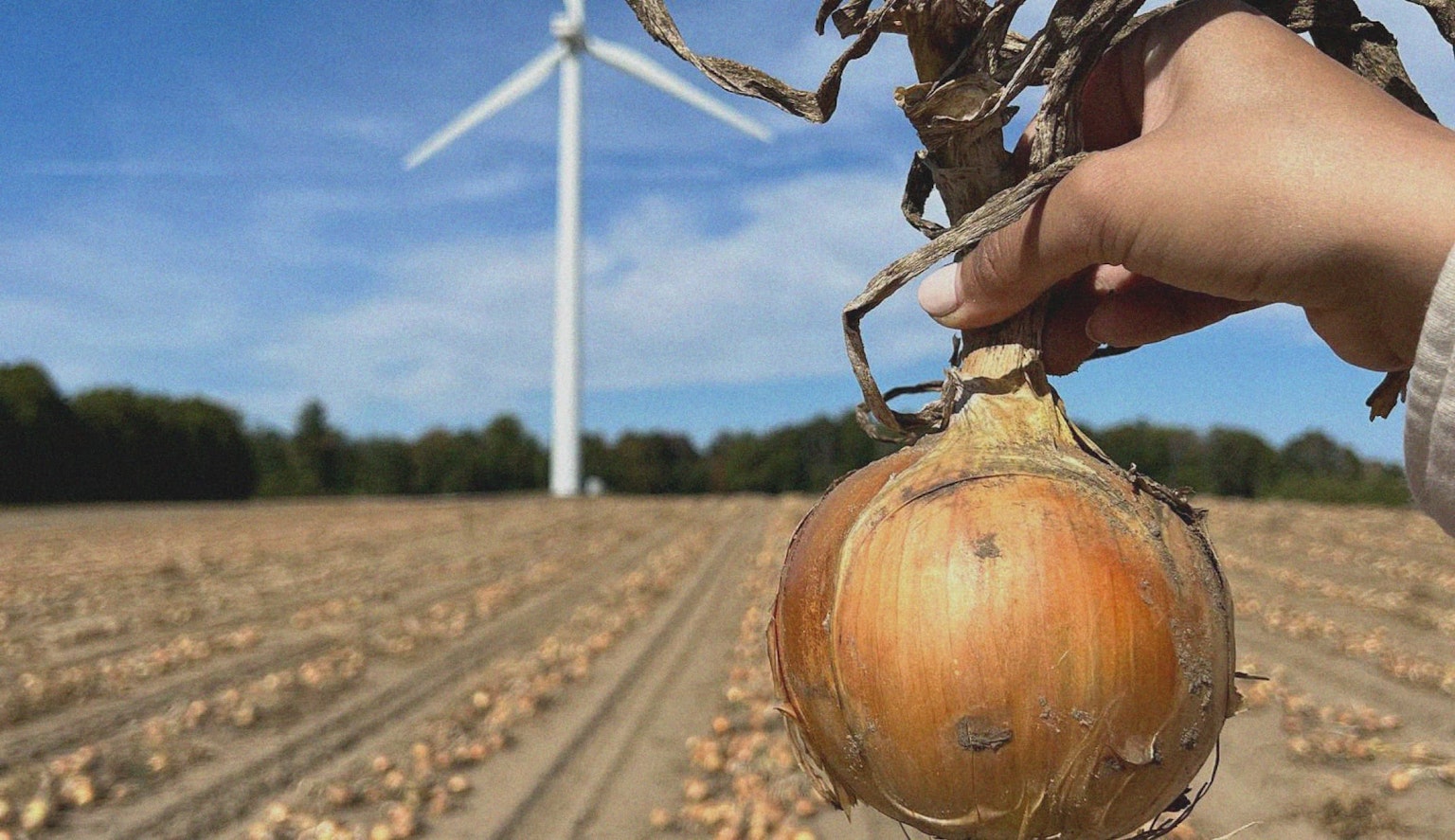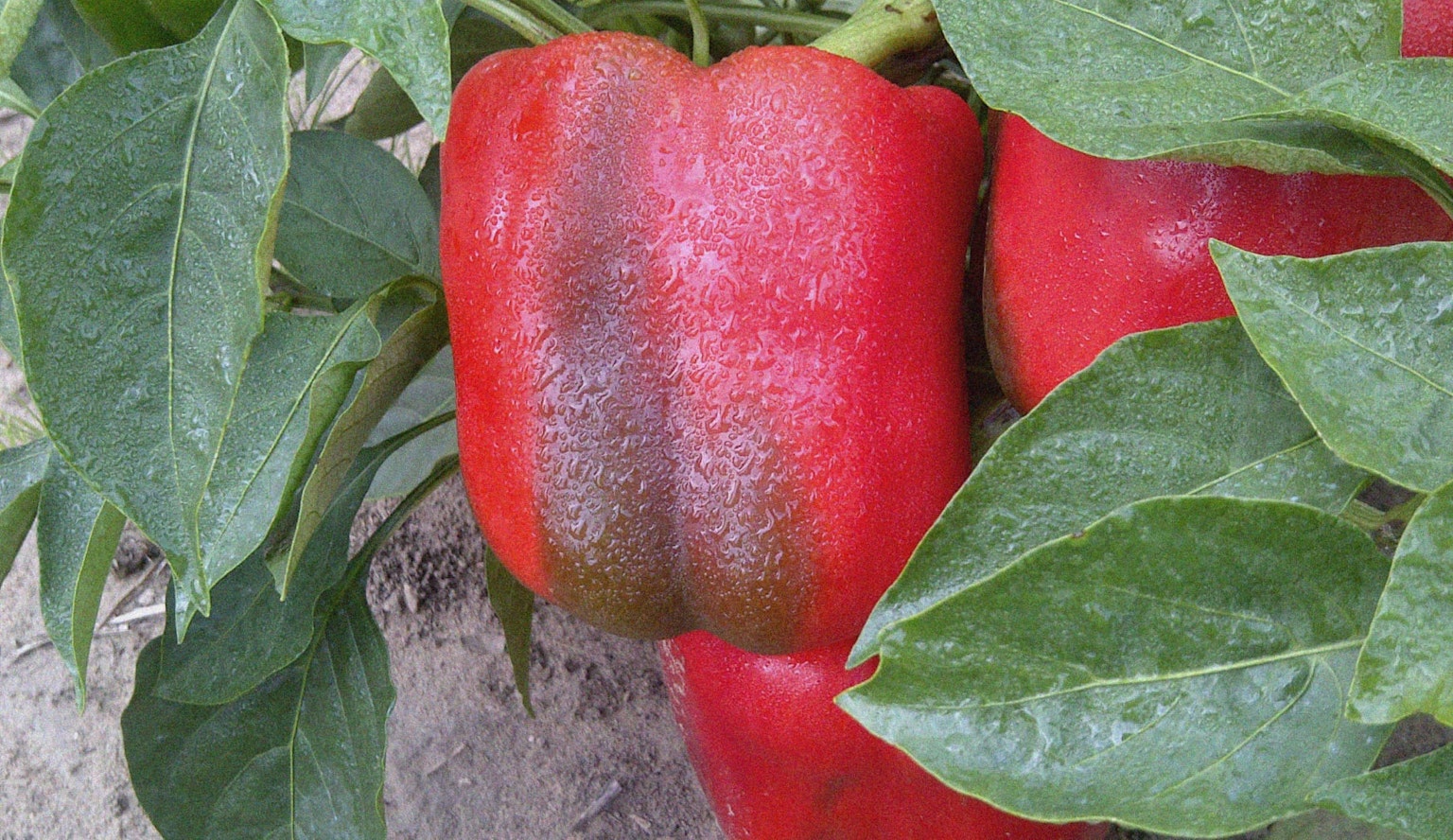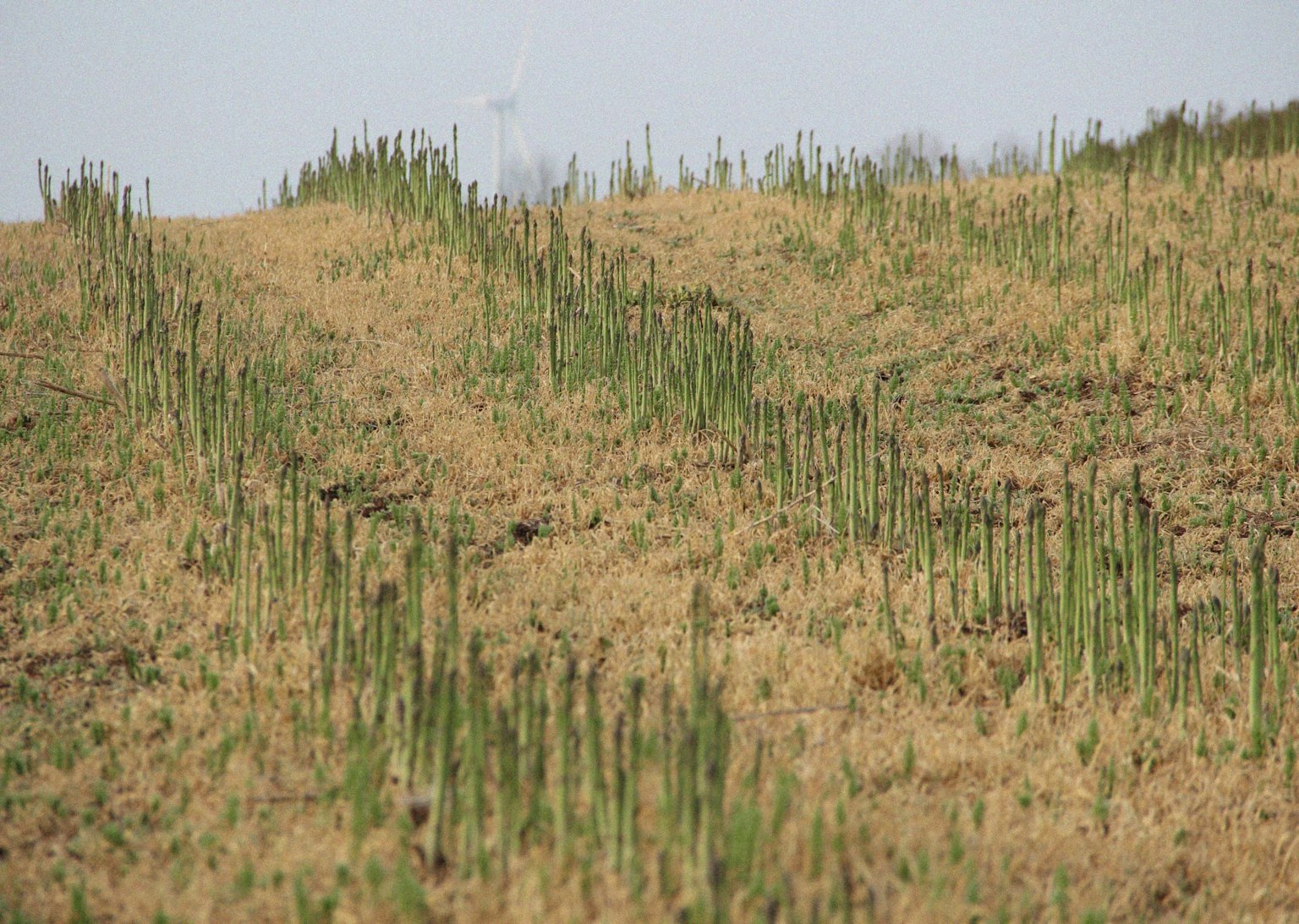Yes, we grow fresh produce: asparagus, onions & bell peppers. But that’s just the start: we core, peel, slice, dice, blend, and dream about bettering our community for generations to come.
We are open
Mon - Sat: 10 AM - 8 PM
Growing communities
Yes, we grow fresh produce: asparagus, onions & bell peppers. But that’s just the start: we core, peel, slice, dice, blend, and dream about bettering our community for generations to come.
We grow amazing food. And our passion exists within growing the people that make up our Sandy Shore community. It is our community that will ultimately drive our success, so we must nurture it.
We created a unique, vertically-integrated farming model: We grow and pack Asparagus; we grow and de core Bell Pepper; we grow and peel & dice Spanish Onion.
We will never stop asking ourselves “What if?” and “Why couldn’t we?” Dreaming is what we do best.


















The Norfolk Sand Plain provides a rich, fertile sandy soil for our crops, especially asparagus, which is deep-rooted and needs good drainage.



We know it takes soil, sun and water to grow vegetables. But what does it take to grow communities? We strive to build strong and trusting relationships with employees, buyers and suppliers within our business community. We believe by creating these types of strong and trusting relationships, we can create unbreakable supply chains.

Local farm
Norfolk, ON Since 1956
Family-run

We are thankful for the hundreds of local seasonal workers that take part in our harvests each year. Along with them, we have been privileged with the help of migrant employees who continue to travel many miles and sacrifice being close to their families to assist our work here. Each member, whether seasonal or year round, plays a huge role in the success of our crops and we are incredibly grateful for that.

Each of our employees, whether seasonal or year-round, is dedicated to growing, cutting and packaging quality vegetables and fostering a sense of community for all.
SQF-certified
The Safe Quality Food program guarantees that our produce meets rigorous worldwide standards. It’s quite rare that a farm gets this accreditation and we are honored to have it.
Integrated Pest Control
We’re proud to be taking crucial steps for the good of your health and for the environment. We are always looking for ways to reduce pesticide use and move more toward the organic and regenerative strategy of farming.
Regenerative Farming
We’re currently planting forage and cover crops in our crop rotation to enrich soil nutrients and health. We are experimenting with livestock in creating close loops in recycling our food by-products.
Family-Owned
For generations, the family has worked tirelessly to cultivate the soil, tend to the crops, and harvest the fruits of their labour. Our legacy is one that extends far beyond our farm. We want to set an example for others in the industry: we want to show that it is possible to run a successful farm while also being responsible stewards of the land and greater community.
